“Good morning,” said our local guide Barbara when she met us in the lobby to lead our tour of Budapest. And for me, my difficulty in compiling this tale of my travels reaches it zenith. As I noted in a previous entry, for some reason my recordings of Barbara’s narration through this part of the tour are garbled and looking at the one or two word notes I have for the photos I took (I’d lose my camera tonight) are of little help.
We began the day with a ride on the Metro which, in Budapest consists of four lines – yellow, red, blue, and green. The yellow line is the shortest of the four but conveniently has a stop outside the Hungarian State Opera House which is, as I noted, mere steps from our hotel.
(Pat and I suffered a degree of temporal disjunction with respect to visiting the Opera House. They offer tours and the interior looks quite impressive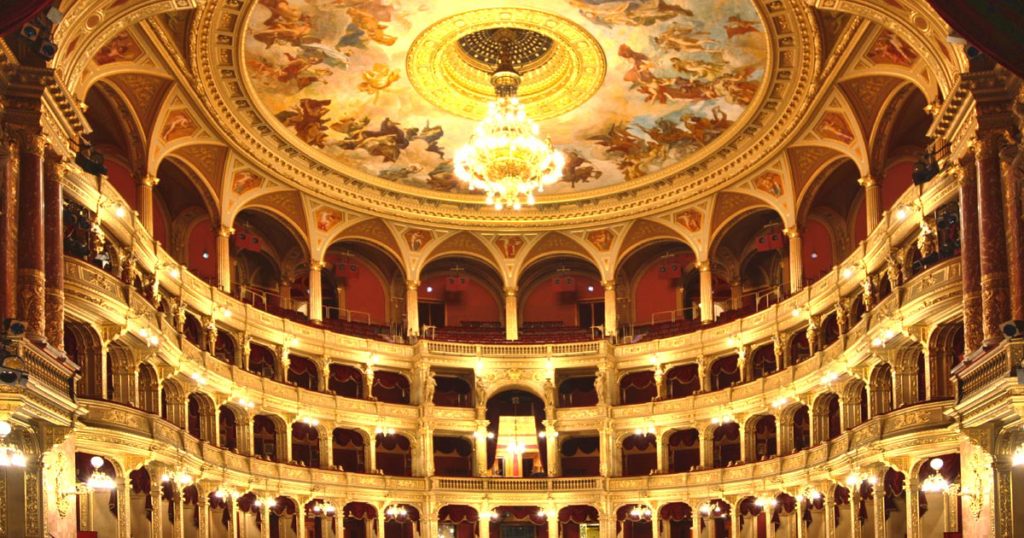 but we never matched our geographic proximity with the tour times. Banners for performances of Billy Elliott hung outside but the show’s run had ended the Sunday prior to our arrival.)
but we never matched our geographic proximity with the tour times. Banners for performances of Billy Elliott hung outside but the show’s run had ended the Sunday prior to our arrival.)
Barbara had purchased a group transit ticket and we rode to the southern end of the yellow line at Vörösmarty tér or Vörösmarty Square which is named for the 19th century poet Mihály Vörösmarty. From there we walked toward the Danube Promenade and the Vigadó Concert Hall.
The Vigadó is a rather eccentric neo-Byzantine building that stands out from its surroundings of mainly box-shaped glass enclosed hotels. A concert hall has stood on this site since 1833. When it opened, the original theater called the Redoute, was the only concert hall in Pest. Unfortunately, that building was destroyed by artillery launched by invading Austrian troops in May 1849. ( If you’ve forgotten the landmark year of 1848 and its spillover into 1849, you can review it beginning in this post about Hungarian history.)
A new building was commissioned a decade later and the newly named Vigadó opened in 1864. It’s reasonable to call the Vigadó the preeminent concert venue in Budapest over the ensuing 80 years. It hosted performances by the likes of Johann Strauss Jr., Mascagni, Dvořak, Debussy, Arthur Rubinstein, and of course, Ferenc Liszt. However, the building was so severely damaged during the Second World War that the government gave serious consideration to razing it entirely.
Prominent local citizens rallied around the building calling it a “unique masterpiece of romantic architecture conceived in the revolutionary spirit of the struggle for freedom.” Their efforts succeeded when it was declared a National Monument in 1954. Somehow though, János Kadar never found the funds in the national budget to restore it. Until 1968, that is. Even then, it required nearly a dozen years to open a version of the theatre that was a mere shadow of its former glory.
The Vigadó closed again in 2004 but a new push to restore it began in 2011 and the fully refurbished venue opened in 2014.
We didn’t get inside but had we, this is a bit of what we would have seen.
Meanwhile, we strolled along the Promenade – which technically stretches from the Elizabeth Bridge at the southern end to a northern terminus at the Chain Bridge – and enjoyed some of the sculptures that adorn it. For me, two of the most notable are the girl with her dog:
and the much more famous Little Princess:
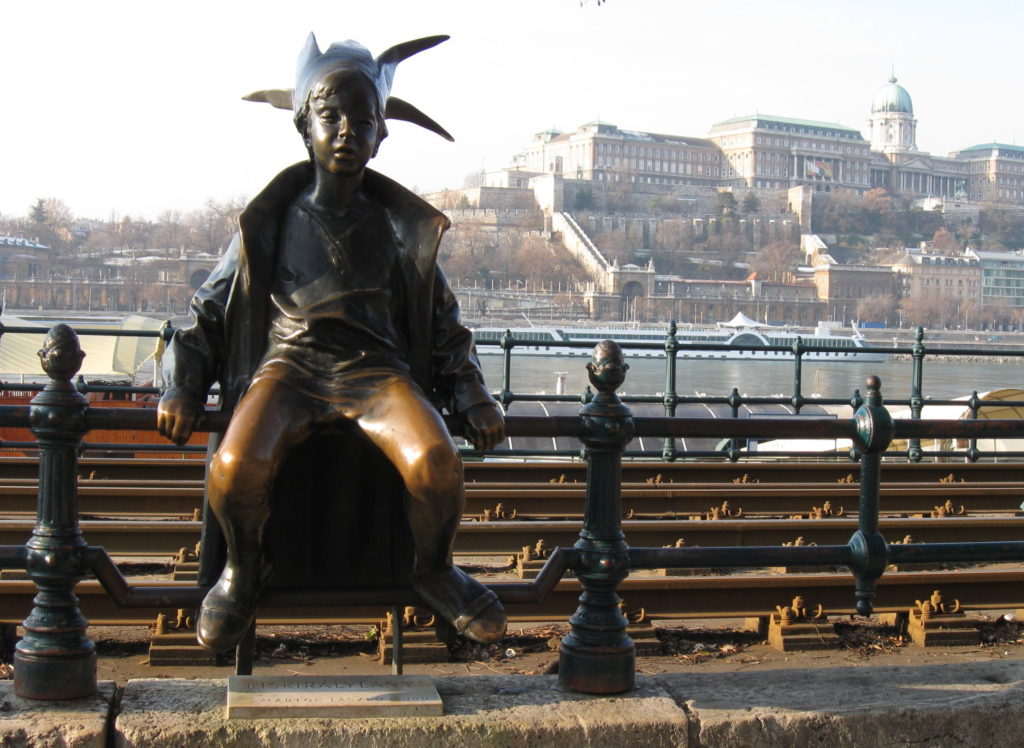 (Notice the palace on the opposite side of the river rising from the top of one of Buda’s striking riverside hills.)
(Notice the palace on the opposite side of the river rising from the top of one of Buda’s striking riverside hills.)
After a bit, we returned to the Metro and rode the same Yellow Line to City Park which is home to Széchenyi Thermal Bath. This is certainly the largest and probably the most famous (though far from the oldest which is, I think, the Király Baths that date from 1570) of the spas for which Budapest is renowned. We saw the building’s exterior and stepped inside where Barbara told us some of its history followed by an explanation of the procedures we’d need to follow should we want to return and experience the baths for ourselves.
I’m not a baths sort of person so I knew I wouldn’t return but, as I’ve sought pictures of the spa, I have to admit I’m a bit disappointed I made that decision because I now believe I missed a potentially memorable experience. Here’s the Neo-Baroque exterior
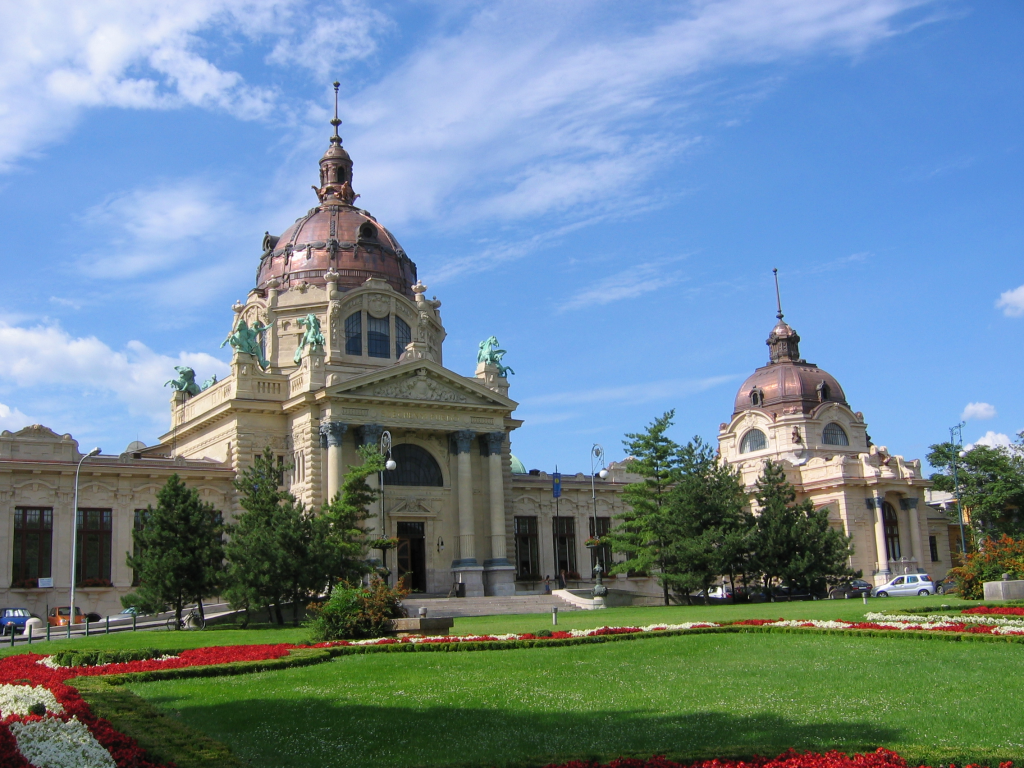 and we went just inside the central entrance but no farther.
and we went just inside the central entrance but no farther.

The spa opened in two stages – first in 1913 before expanding to its current size in 1927. So many people visited the spa that the original artesian well could no longer provide sufficient water and they had to dig a second well in 1937. When I came across this shot of the spa from above on likealocalguide.com,
 I have to admit that it gave me pause and made me think it might have been worth a second visit.
I have to admit that it gave me pause and made me think it might have been worth a second visit.
I need a hero
From the City Park, we took a short walk to one of Budapest’s most important sites, Heroes’ Square. (You might recall that the photo of the statue of Árpád in the first Hungarian history entry is in Heroes’ Square.) Approaching the square from City Park we took a short walk down Kós Károly Promenade and crossed the small bridge over City Park Lake. The lake serves as a boating venue in summer and an outdoor skating rink in winter. (Born in 1883, Károly Kós {remember that the Hungarian form of someone’s name puts the surname first but I’m following the western tradition} was an architect, writer, illustrator, ethnologist, and politician in 20th century Hungary.) Approaching the square from this direction probably brought us to it from the direction opposite the one most tourists take.
You see, Heroes’ Square marks the northeastern terminus of Andrássy Street which is Pest’s preeminent street. So important is this boulevard – which is sometimes compared to the Champs-Élysées in Paris – that it was declared a UNESCO World Heritage site in 2002. In fact, had we turned to the northwest in front of the Opera House instead of boarding the Metro, we could have walked along it in a straight line to Heroes’ Square.
Interestingly, the section of Andrássy Street in front of the Opera House which is about two kilometers southwest of Heroes’ Square has a quite different character from the street near Heroes’ Square. In fact, the full three-kilometer length of the street has four distinct sections and each section its own specific qualities.

(from mapaplan.com)
The southern section of Andrássy Street – from just south of the Opera House (traditionally Erzsébet Square) to Oktogon where Andrássy intersects with Nagykörút or Grand Boulevard – is quite urban and commercial. It’s home to much of Budapest’s high-end shopping. Between this intersection and Kodály Circle, the street becomes noticeably wider and more residential with a tree-lined allée that it retains for the remainder of its length.
Continuing northwest toward the square, and just above Kodály Circle, Andrássy reaches its maximum width. The residences lining this short stretch that’s considered to end at Bajza Street are particularly elegant and set back from the road behind small gardens while the buildings along the fourth and final stretch that ends at Heroes’ Square are more like villas. At the very end of the street is the Embassy of Serbia. (In 1956, this was the Yugoslav Embassy and the spot where Imre Nage intially found refuge.) Had we approached Heroes’ Square from this direction, we would have seen something like this ahead of us
We’ll take a bit more detailed look at Andrássy Street in the next post.
Note: In keeping with my 2022-2023 reformation of the blog into shorter entries, backdated to maintain their sequence, any comments on this post might pertain to its new configuration. See the explanation in the post Conventions and Conversions.

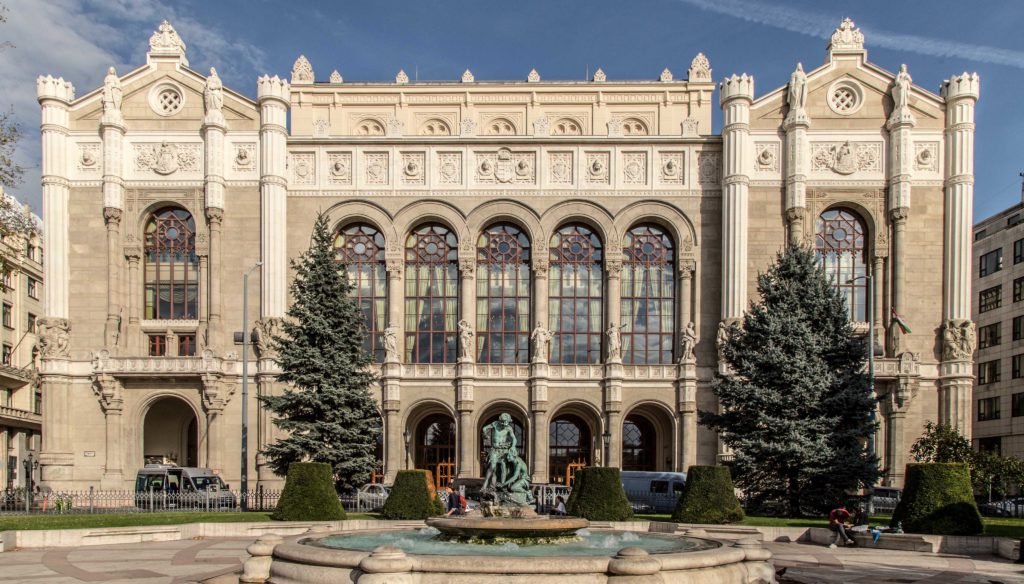

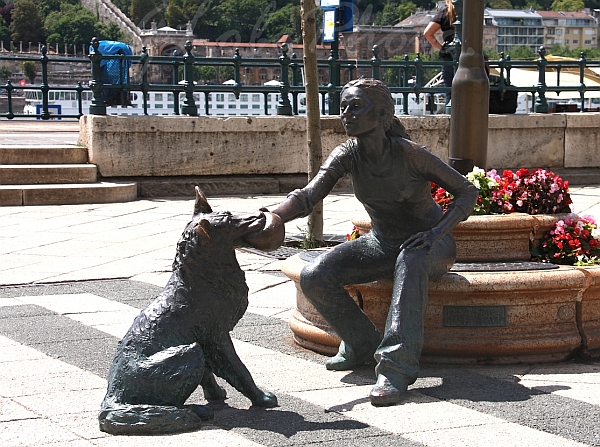

billy elliott in such historic opera house. hmmm.
do they actually stage operas?
They are scheduled to perform La Boheme tomorrow night if you want to try to rush a flight.